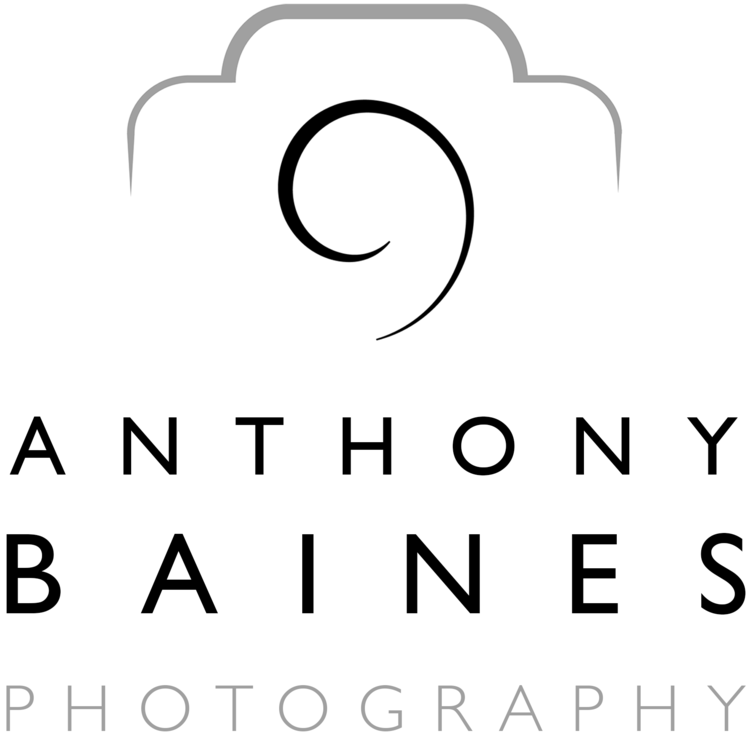It has been a busy few weeks in photographic terms. Among other things, I spent several days at the big RIAT airshow, and came back with about 8000 pictures – which I’ve really only started going through, and will be the subject of a future blog piece. For the moment, I’m just going to concentrate on something else, which is that I’ve recently returned from a week in New York.
Whenever I’ve been in NYC over the last few years, I’ve made a point of an early morning trip to Roosevelt Island to enjoy the sun coming up and illuminating the buildings of Manhattan as the overlook the East River. The buildings seem to glow when the sun comes up, and it is a wonderfully optimistic feeling to see the shadows on the buildings retreat as the sun strengthens.
Roosevelt Island sits in the East River, next to Manhattan; its long riverside path gives wonderful views of the Eastside. It is connected to Manhattan by the Tram, a cable car that runs next to the 59th St Bridge: a visitor boarding the Tram at the station on 2nd Ave is subsequently deposited right in the middle of the island.
The thing about the view back to Manhattan from Roosevelt is that to me it looks long and horizontal. Clearly, the skyscrapers are vertical, but the vista as a whole is horizontal. So, I am always drawn to taking series of overlapping pictures to stitch into panoramas to give my perspective on the view. You can see an earlier example in a blog post I wrote for Wonky Horizons a few years ago.
Anyhow, this time it was a beautiful sunny morning as I boarded the tram about 6am. The sky was blue, and I was able to potter down the riverside path with few others around, and just watch the light change.
The picture at the top of this page represents 17 overlapping images, and cover about 180° left to right. Standing opposite 55th St, Manhattan appears to be bisected and a canyon appears that crosses from East to West uninterrupted. To the left of the view is the UN building (the tall white block) and on the right is the 59th St Bridge that links between Manhattan and Queens. For reference, the GPS coordinates of this spot are about 40.754621, -73.957638.
I always take these panoramas hand held, just pivoting about my hips, not moving my feet. Ideally these would be taken with the camera on a tripod, with a nodal point head, in order to overcome any parallax artefacts. But realistically, at the distance across the river using a wide angle zoom held in portrait orientation, parallax is not an issue. Incidentally, I always use portrait format for these kinds of images to get in plenty top and bottom; it also allows you to zoom in a bit closer to increase the amount of detail even further. I have fully manual settings for exposure and white balance: aperture and shutter speed are set on manual, basing the exposure on the part of the image I think of as the most important – in this case, the centre of the pano. It is important to keep everything constant; otherwise the components of the pano can look inconsistent with each other. Get the most important part right, and the rest will be follow. The same goes for white balance: I think it is important to set a fixed white balance appropriate for the scene, in this case a daylight white balance; I tend to set my WB as a Kelvin value, and used 5880K here as this gives a fractionally warm normal daylight look. (You can set the WB post-hoc in Camera Raw/Lightroom, if you want, if you shoot Raw, but much easier just to set it at the time).
Lightroom and Photoshop now have excellent panoramic stitching built in. My first approach with this picture was to set the basic develop parameters synchronized across all 17 .NEF files in Lightroom, and then use the Lightroom panorama stitching. The result was OK, but somehow, I just couldn’t get the projection exactly right. There appeared to be an odd wander to the line of the shore: it went gently down and then up again. OK – so over to Photoshop, and a bit of gentle use of the Warp tool to try to straighten it out. But then the buildings went off. Agh! Too hard. Probably something I’m getting wrong, but I’m not going to spend any more time trying to find out what it is.
So, back to my older approach. PTGui is a panorama stitching programme I first bought over 10 years ago: I still use it for anything difficult, but mostly I find Lightroom/PS work so well I rarely need it. However, in frustration that Lightroom didn’t give me the look I wanted, I exported from Lightroom16-bit ProFotoRGB TIFFS from each raw file, and tool them into PTGui. The resulting pano had a perfect projection first time, and gave me the exact look I was after. No more wandering shoreline. The stitched pano (saved as a flat .PSD file) is huge (about 1.2 GB, 26604 × 8232 pixels). To process it, I took it straight into PS, a bit of cropping and straightening, and that was about all that was needed.
Anyway, I’m knocked out by the result. I’ve only shown it here at a relatively small size, but the colour and details are fantastic. I haven’t yet printed it – but I’ll update this blog when I do: it should come out from my Epson P600 over a metre long if I print it 30cm wide on 33cm wide paper. It will be spectacular!
To close, two more pictures from my walk brining out some of the building details.
The Chrysler Building peeps through closer buildings
The UN Building
